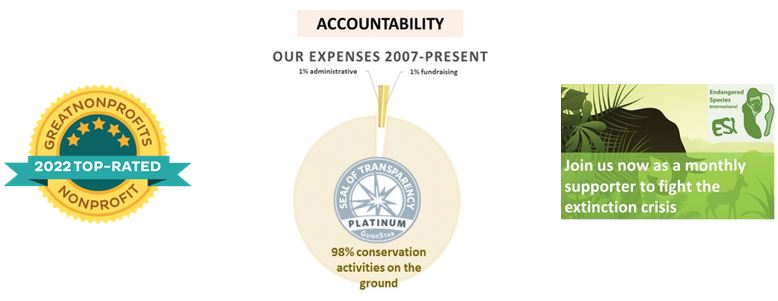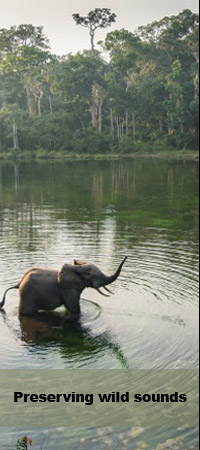|
One type of grave pressure on wildlife and ecosystems, that is rarely mentioned but permanent, is human-produced noise all over the planet. Noise levels has increased globally arising from expansion of human populations, transportation networks, and resource extraction.
Chronic and frequent noise interferes with animals’ abilities to detect important sounds, whereas intermittent and unpredictable noise is often perceived as a threat. At the global scale, we have lost millions of singing whales and billions of vocalizing insects, amphibians, and fish. It is obvious that noise is an important threat to species and ecosystems. Anthropogenic noise on wildlife affects both terrestrial and aquatic life forms.
Sound is measured in decibels (dB). A whisper is around 30 dB, our normal conversation is about 60 dB, and a motorcycle engine running is about 95 dB. Noise above 70 dB over a prolonged period of time may start to damage your hearing. Terrestrial wildlife responses begin at noise levels of approximately 40 dB. Noise pollution impacts specialist wildlife species disproportionately.
Noise pollution is often considered to be an urban problem, but expanding human development and activities in rural landscapes are extending its reach. Not surprising, anthropogenic noise is also present in most protected areas around the world and it is pervasive in protected areas near developed areas, where noise surpassed levels known to affect humans and wildlife. Some of the loudest noise comes from naval sonar devices. Sonar, like echolocation, works by sending pulses of sound down into the depths of the ocean to bounce off an object and return an echo to the ship.
In every field conservation project, Endangered Species International (ESI) recognizes, reduces or eliminates the noise pollution affecting wildlife. We also work for noise-reducing strategies at the community levels. Further, ESI recognized the importance of natural soundscapes as a conservation importance where not only life flourishes, but where symphony of sounds can be enjoyed by humans. National parks and large natural areas such as rainforest in the Amazon or Congo Basin have a unique soundscape honoring both natural and cultural sounds. Protecting and restoring nature is also protecting and restoring natural sounds.

|











